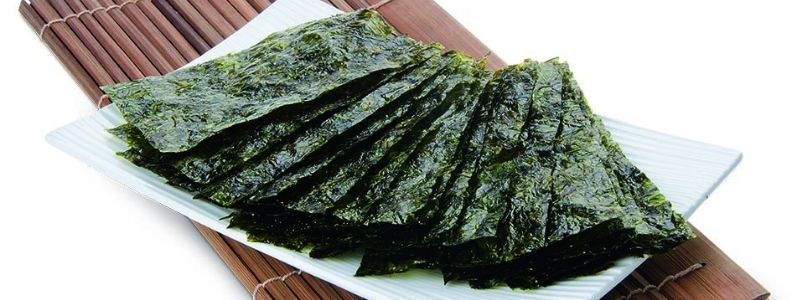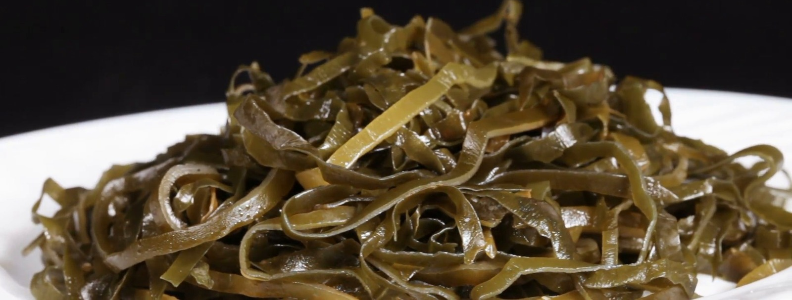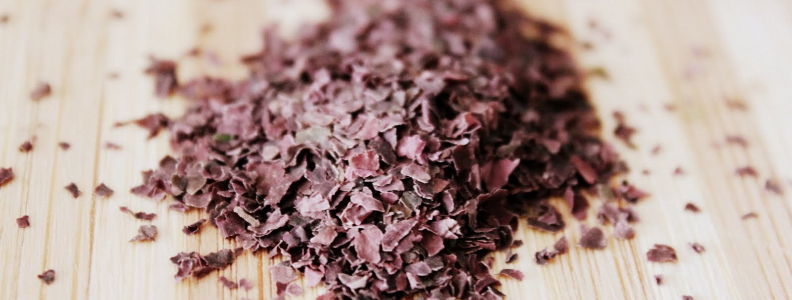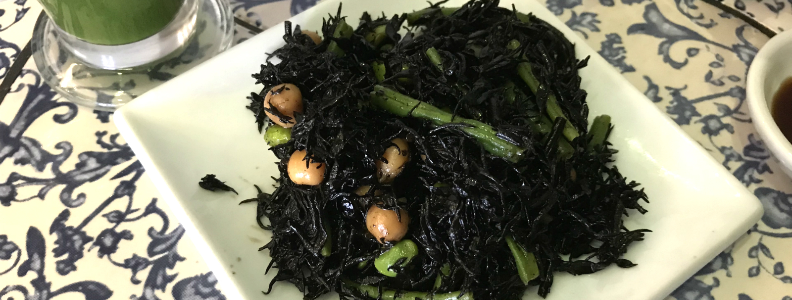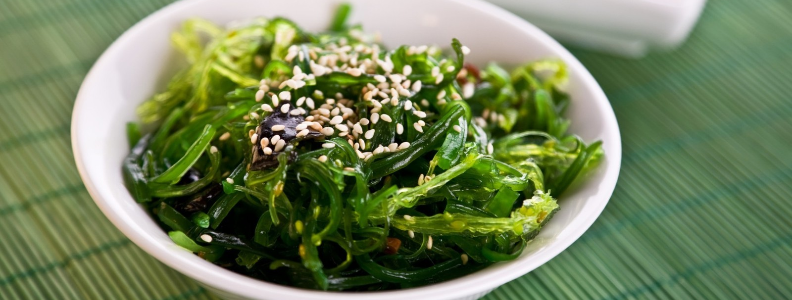Six Types of Seaweed You Should Eat Daily
You’ve probably eaten sushi rolls wrapped in seaweed. Maybe you’ve tried a few Japanese dishes with seaweed sprinkled on top or even a seaweed salad. But there are several reasons you might want to make it a regular ingredient in your daily diet.
First, seaweed is rich in iodine, which is pretty hard to find in other foods. Iodine helps keep your thyroid healthy and encourages good metabolism.
Also, seaweed is low in calories while also being very nutrient dense and rich in other vitamins and minerals. There’s no wonder it’s considered a superfood.
Next time you go shopping, add seaweed to your list.
Here are six types of seaweed, their benefits and how best to prepare them so you can eat a little seaweed every day.
Nori
This is probably the most familiar type. It’s used to wrap sushi rolls and is also sold as small sheets as a snack. Nori is low in calories, but rich in iodine, Vitamins A, C, and B12, calcium, iron, magnesium, potassium, and zinc.
Arame
Arame has a mild and sweet flavor. It contains Vitamin A and lignan. Arame is soaked and rinsed in water before it is added to salads or stir-fry.
Dulse
This type is known for its unique red color. Dulse is rich in Vitamin B12. It is sold in larger pieces or in small flakes. The dry flakes can be sprinkled over different snacks like popcorn or nuts, even over salad.
Hijiki
They are usually sold in fine, small strands. Hijiki is rich in iron which plays a key role in the circulation of oxygen in our bodies. It also has much more calcium than milk and it’s also rich in magnesium.
One part dried hijiki is soaked in three parts water for around thirty minutes. Take note, the seaweed will expand to about three times its original size. Drain and rinse. It can then be added to salad or grains.
Kombu
This type of seaweed contains the most iodine among all the rest. It is sold in large pieces, so cut off what pieces you need for beans, broths, and soups. Kombu contains an enzyme which helps in breaking down heavy starches in beans.
Wakame
Wakame is usually used in seaweed salads served in restaurants. Results from a study in Japan found that wakame contains a pigment called fucoxanthin. This pigment helps the body to burn stored fat.
Dried wakame is soaked in water for five minutes. It is then drained and rinsed. Mixed with rice, vinegar, soy sauce, and some sesame oil, you can make your own seaweed salad. Sesame seeds can be used as a garnish.
Source: HumNutrition



